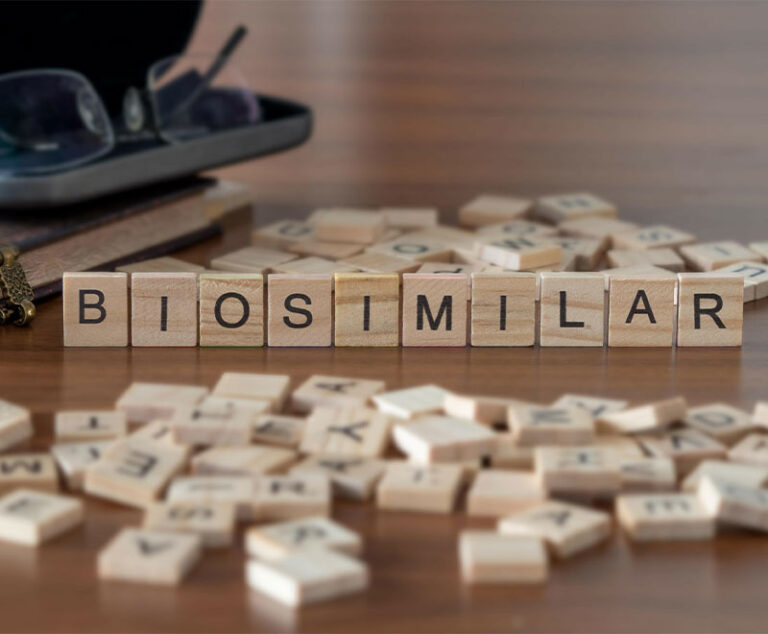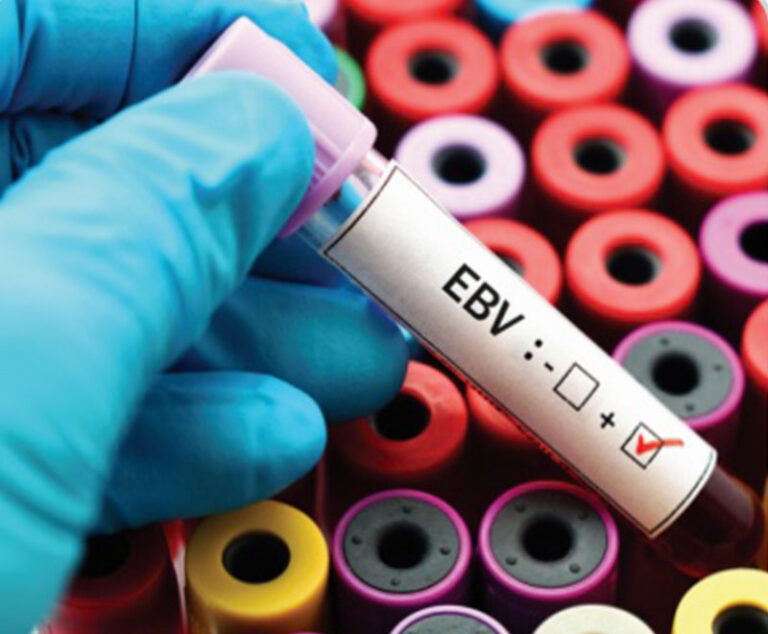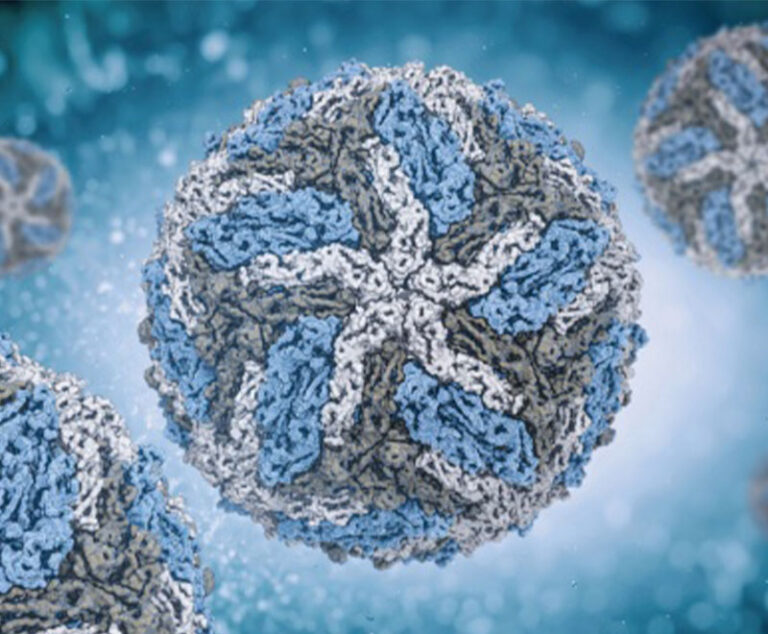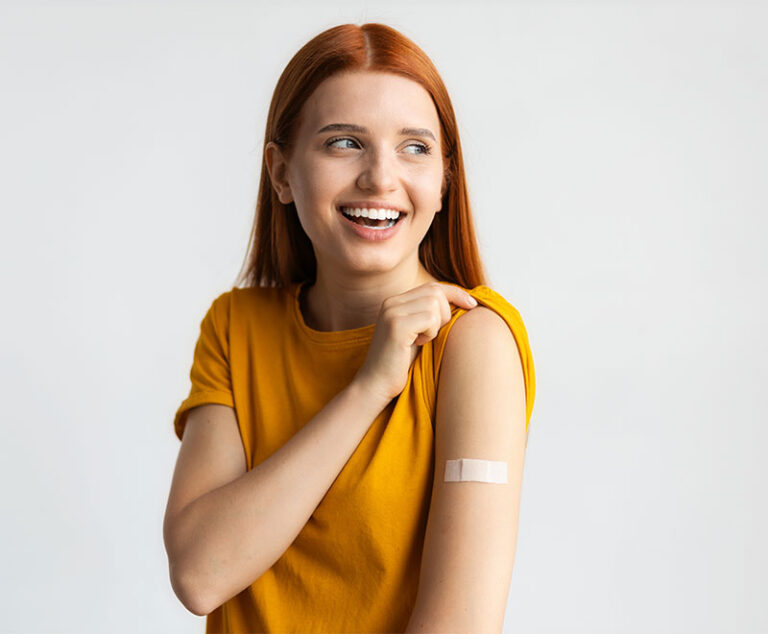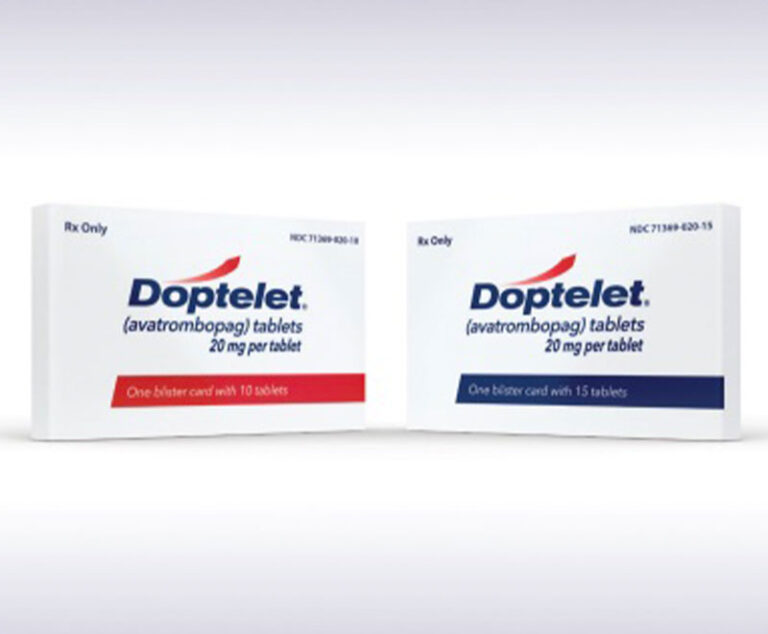Industry News
Research, Science & Manufacturer Updates
A final rule that went into effect Nov. 4 strengthens the Centers for Medicare and Medicaid Services’ ability to stop fraud before it happens.
The Centers for Medicare and Medicaid Services (CMS) has finalized a rule to update and modernize the Programs of All-Inclusive Care for the Elderly (PACE) that reflects updates based upon best practices in caring for frail and elderly individuals.
The U.S. Food and Drug Administration (FDA) released guidelines on the studies companies need to conduct to show their biosimilar is interchangeable with a biologic.
The Centers for Medicare and Medicaid Services (CMS) published a final rule for calculating state Medicaid disproportionate share hospital (DSH) cuts in the amount of $4 billion in 2020 and $8 billion for each subsequent year through 2025.
The National Institutes of Health (NIH) has awarded $945 million to battle addiction and chronic pain.
A trial was conducted to assess the safety and efficacy of hIVIG (in conjunction with standard care) in adults hospitalized with laboratory-confirmed influenza A or B infection.
Researchers at Emory University have described successful use of a novel treatment regimen, dubbed the “Atlanta Protocol,” that involved concomitant use of Hemlibra (emicizumab) prophylaxis and immune tolerance induction (ITI) to treat pediatric patients with severe hemophilia A and inhibitors.
The U.S. Patent and Trademark Office has issued a patent to ADMA Biologics for methods of treatment and prevention of S. pneumonia infection.
An NIH research team has determined how several antibodies induced by Epstein-Barr virus (EBV) block infection of cells grown in the laboratory.
FDA has given Sanofi SA’s dengue vaccine Dengvaxia a narrow approval since the vaccine can cause severe infections in some people.
The National Meningitis Association has launched a campaign to encourage more teens to get the meningitis booster.
FDA has approved an expanded indication for Dova Pharmaceuticals’ Doptelet (avatrombopag) to treat adults with chronic immune thrombocytopenia.


